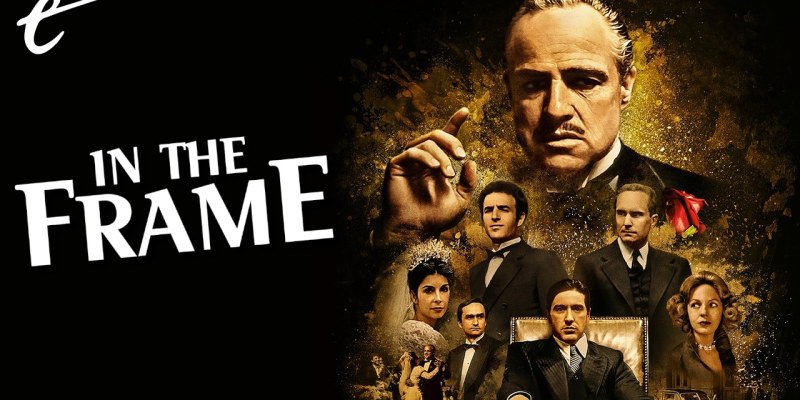Re-releasing in cinemas this weekend to mark its 50th anniversary, The Godfather is broadly considered to be one of the best films ever made. It is a triumph of American cinema, rightly regarded as a classic. It’s also a dramatic fusion of high art and low culture.
Watching The Godfather today, it is almost impossible to separate the film from its reception and legacy. It has had such a monumental impact that most viewers have passively absorbed it before they ever sit down to watch it. Its mythic status is all but enshrined. However, hindsight distorts perception. In reality, The Godfather is notable as an illustration of the power of adaptation, to take a decidedly trashy bestseller in an oft-derided genre and produce a creative triumph.
Mario Puzo didn’t write The Godfather as a bold artistic statement. Puzo had already written two deeply personal novels at that point in his career, to critical acclaim and underwhelming sales. With mounting gambling debts, Puzo’s grandest ambition in sitting down to write The Godfather was to craft a populist page-turning thriller that would sell. Puzo had no illusions about The Godfather as a work of high art. Instead, it was a decidedly pulpy and often quite lurid gangster book.
Reading The Godfather is an interesting experience, particularly in the context of its status as the source material for a masterpiece of American cinema. The book contains quite a few elements that were judiciously trimmed from the cinematic adaptation including an (ahem) extended subplot about the size of Sonny Corleone’s (James Caan) penis. This isn’t a recurring joke. It’s an actual subplot that (ahem) interlocks neatly with the other subplot about his mistress and her oversized vagina.
At the behest of Robert Evans, the studio’s head of production, Paramount scooped up the rights to The Godfather before the book was finished. The studio was skeptical about the material’s potential. By the end of the 1960s, the old-fashioned gangster film had gone the way of the traditional Western. After decades of formulaic genre films, those pulp archetypes were seen as outdated. The Brotherhood, a starry Sicilian mob drama from Paramount, bombed in 1968.
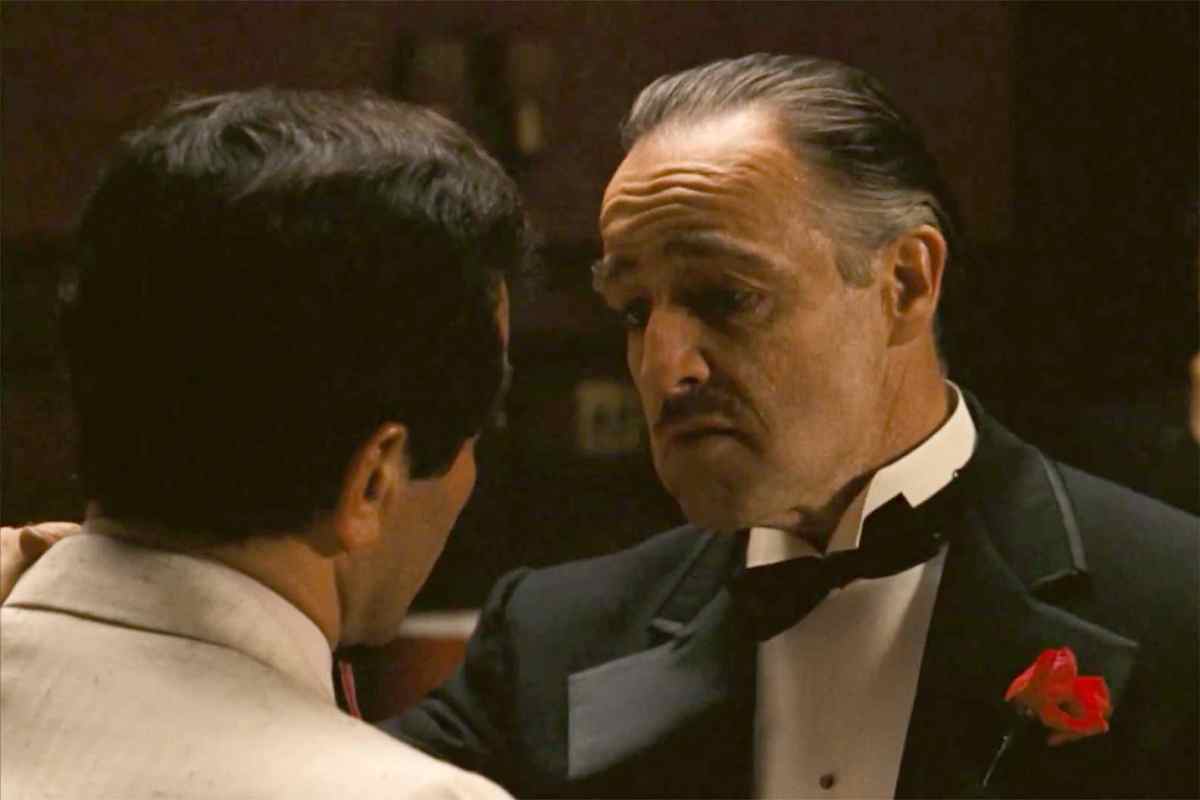
Throughout production, it never seemed like Paramount had a great deal of faith in The Godfather. Wanting the audience to “smell the spaghetti,” and perhaps fearing the (inevitable) backlash from the Italian American community, Evans hired a young director named Francis Ford Coppola to make the movie. At the time, Coppola’s filmography included a slasher shot in Ireland, two softcore porn films, and some more respected movies that few people had actually seen.
Like Puzo, Coppola was not initially drawn to The Godfather as a bold artistic statement. His production company, American Zoetrope, was massively in debt to Warner Bros., and his friend George Lucas had to convince him to take the job. The production of The Godfather would be a nightmare. Coppola has described the production of The Godfather as “the worst experience” of his career, which is saying something from the director of Apocalypse Now.
While The Godfather quickly became a bestseller, Coppola famously couldn’t even finish the book, at first at least. Reportedly, his father advised him, “Sure it’s a trashy book, but make this picture and then you can make all the art films you want.” To Coppola, like to Puzo, The Godfather was initially conceived as a pragmatic means to an end rather than a bold artistic statement. It seemed unlikely that anybody involved in the film’s production initially believed that it would become so monumental.
Paramount initially tried to treat The Godfather like any other genre film, to produce it as something trashy and disposable. At one point, they commissioned Puzo to write a screenplay set in contemporary America “with hippies in it,” to help avoid the more costly period trappings. When Coppola began post-production, the studio insisted on a two-hour-and-ten-minute runtime, with Evans fighting for a longer cut.
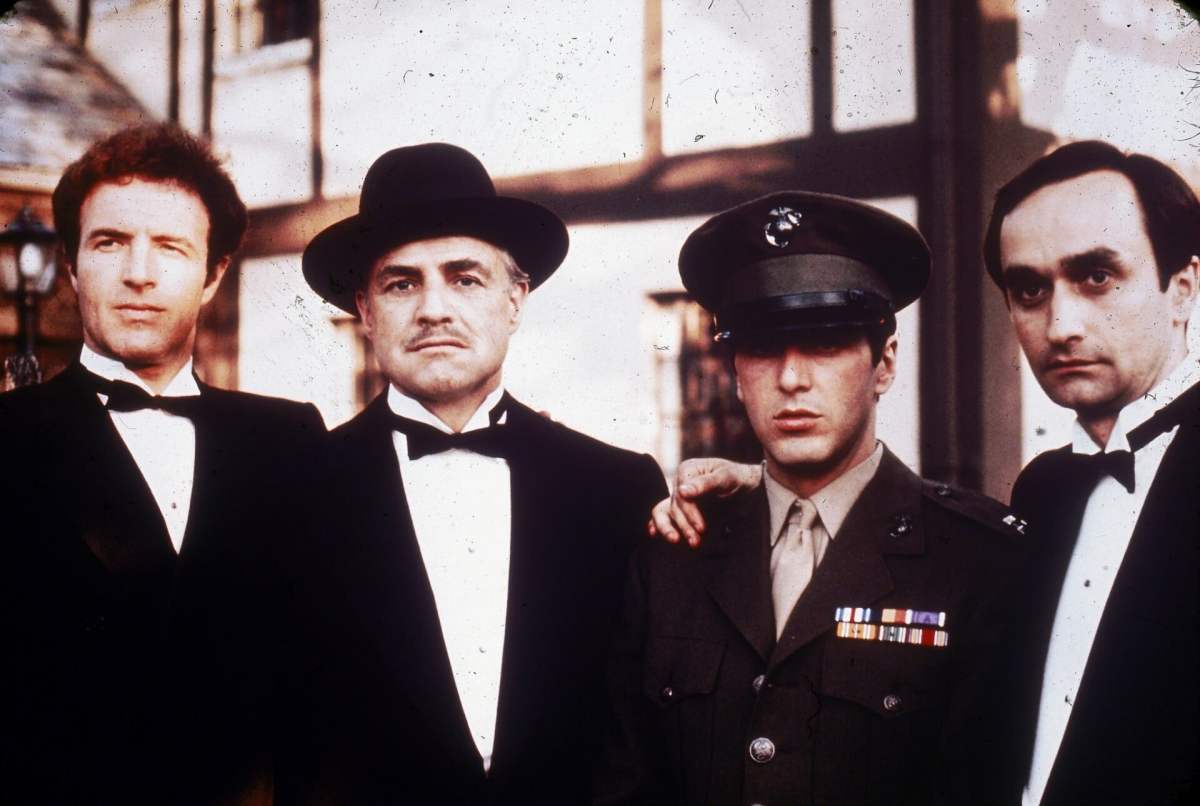
It is easy to understand Paramount’s logic. Like cowboy movies before them, gangster movies were largely seen as cheap and disposable. Just five years before The Godfather, Warner Bros. founder Jack Warner had fought against his own studio’s production of Bonnie and Clyde, seeing it as a throwback to the studio’s outdated classic gangster films. Warner Bros. even briefly pulled Bonnie and Clyde from release following particularly brutal reviews from The New York Times and Newsweek.
Those working on The Godfather fought pitched battles against the studio and against cynicism, hoping to make the best movie that they could. Coppola fought for the cast that he wanted, ahead of that preferred by the studio. Cinematographer Gordon Willis described shooting The Godfather like “trying to serve a sit-down dinner on the deck of the Titanic.” At the heart of all this was a single romantic ideal: Even the trashiest source material in the pulpiest genre could make a work of art.
Even half a century removed from this context and conflict, there is something reassuring in all of it. It is a reminder that it is possible for a piece of populist entertainment to succeed as an unqualified artistic accomplishment. On release, The Godfather was a smashing success by absolutely any measure. The film made more money in six months than Gone with the Wind had in over three decades. It earned rave reviews. It won the Best Picture Oscar.
It is interesting to wonder whether a feature film like The Godfather would be possible today — a pulpy populist blockbuster with strong artistic vision and assured confidence. Much has been written in recent years about how the superhero movie is the logical descendant of the Western. It might make sense to look at the gangster film as an intermediate evolution between those two quintessential American genres. After all, to paraphrase, superheroes have always been outlaws.
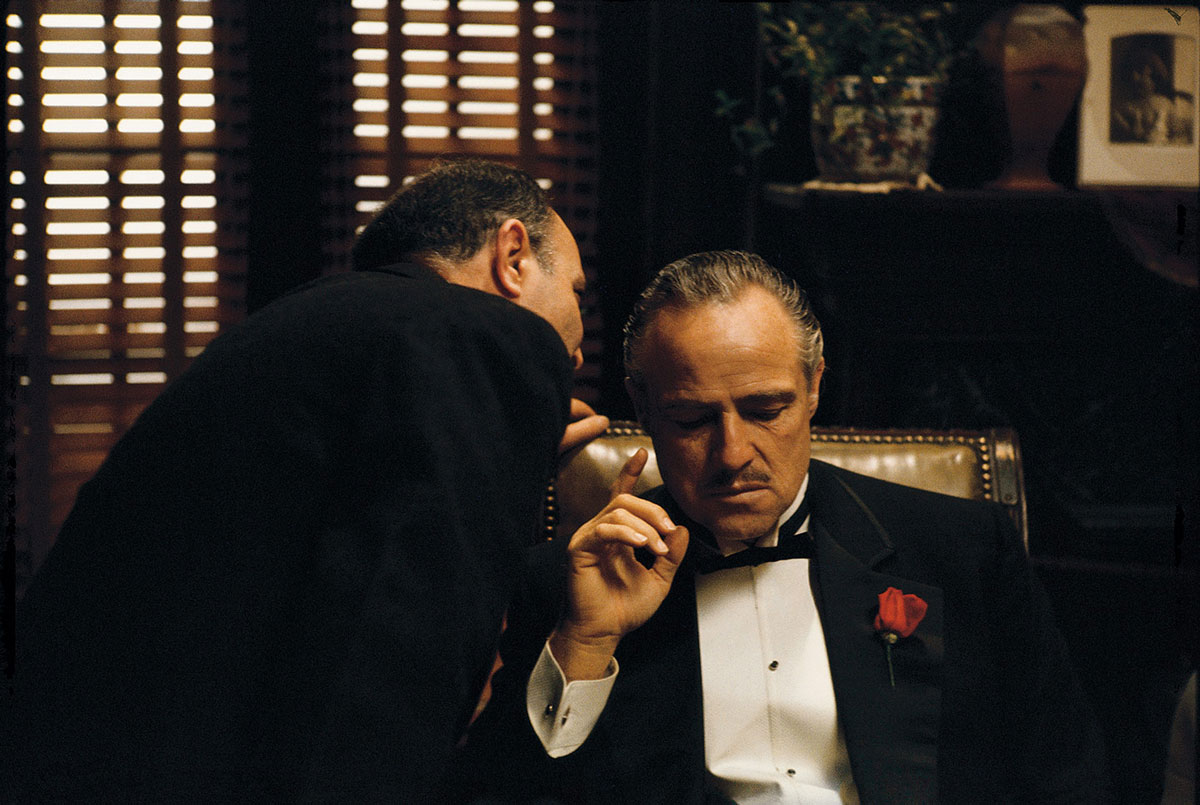
The obvious counterargument would be that cowboys and gangsters at least have some relationship to the real world, while superheroes are entirely invited. This ignores the extent to which the cowboys and gangsters depicted in classic American cinema differ from the actual historical reality. Although Puzo based various characters and events in The Godfather on secondhand accounts of gangsters, he candidly acknowledged that he didn’t know any mobsters.
“This is a kind of poetic epic(;) it’s not my realistic film on the Mafia,” Coppola would explain a couple of years after the release of The Godfather. “But a realistic movie on the Mafia could not be made out of Puzo’s book. It’s a fairy tale.” Coppola has been quick to acknowledge and accept criticism that The Godfather offers a fantasy version of organized crime, confessing, “Real Mafia people are animals.” Ironically, The Godfather perhaps influenced real mobsters more than it reflected them.
Accepting that the gangsters in The Godfather are no closer to reality than any of the costumed avengers that dominate contemporary cinema, is it possible to imagine a modern studio blockbuster replicating the success of The Godfather? It often seems like contemporary pop culture would be actively hostile to any filmmaker with a strong enough vision to try something as bold and as ambitious as Coppola and his collaborators did with The Godfather.
Writer Tom Shone has made a convincing argument that director Christopher Nolan came close with his Dark Knight trilogy, constructing an ambitious and epic parable about contemporary America through the lens of a pulpy and oft-dismissed genre. However, it’s also notable that recent years have seen a reasonably vocal anti-auteurist backlash against Nolan, often rooted in criticisms of the ambition and the personality that he imbues into his big-budget blockbuster projects.
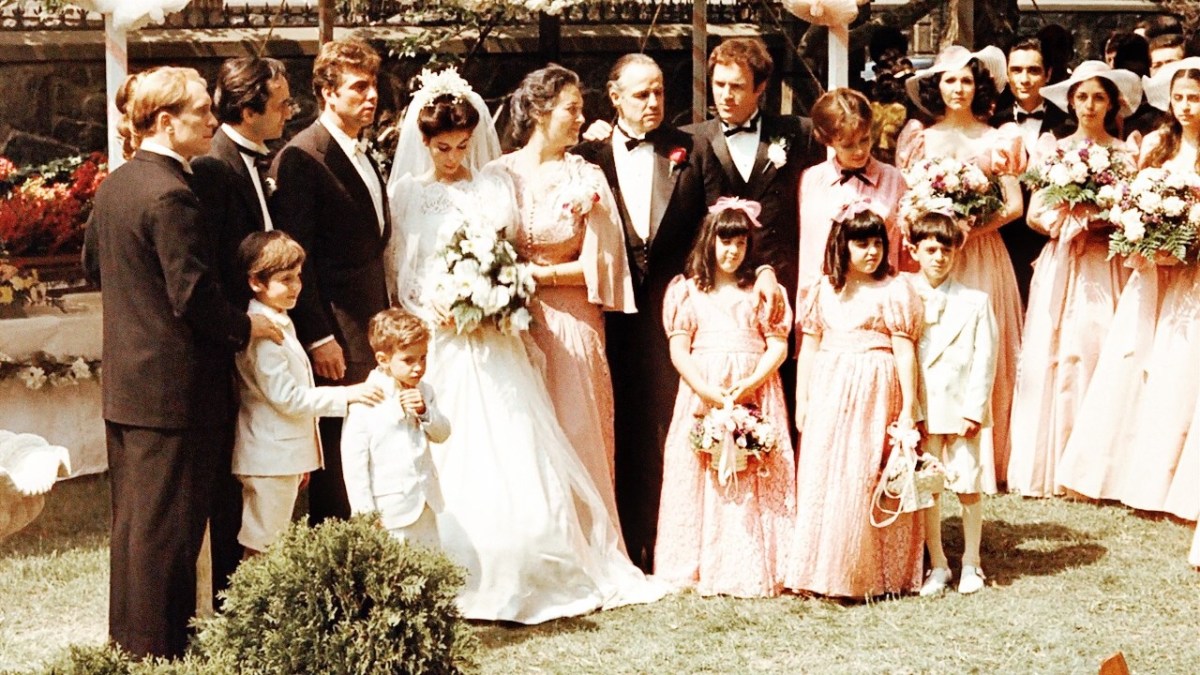
Todd Phillips’ Joker might also be considered a comparable film. It won the Golden Lion at Venice, earned over $1B at the box office, and picked up a Best Picture nomination. Indeed, the Joker became only the second character after Vito Corleone to earn two different actors Oscars for the same role. However, even ignoring the weird moral panic and intense backlash that accompanied the film’s release, Phillips’ work was largely an imitation of 1970s and 1980s films like Taxi Driver and The King of Comedy rather than anything especially new or ambitious.
There’s a knee-jerk tendency to react against genre films that dare to push outside their lane. Certain groups of fans reflexively panic when filmmakers make adaptational changes to the source material. Online pundits opine (sight unseen) about movie runtimes, ignoring the reality that when studios tend to cut down projects like this, they end up with movies like Joss Whedon’s Justice League. In 2003, A.O. Scott dismissed Ang Lee’s Hulk and the Wachowski Sisters’ Matrix Reloaded as “pretentious,” and it’s a word that gets thrown around a lot in these arguments.
Let’s indulge in a thought experiment. Imagine a film from a director with a modest resume to this point, including a low-budget schlocky horror early in their career. This film is in a genre that has historically been treated as disposable entertainment. It features a striking supporting turn from an actor in his forties who has gone through a number of public professional breakdowns, his face transformed by prosthetics. It looks very dark. It looks violent. It clocks in at just under three hours.
Is that Francis Ford Coppola’s The Godfather or is that Matt Reeves’ The Batman? The difference, of course, is that The Godfather is a time-tested classic of American cinema. However, there was a time when it was just an expensive adaptation of trashy source material from an unproven director in a tired genre that ran far longer than any of that would seem to merit. Luckily for everybody involved, Coppola and his collaborators didn’t condescend to the material, but instead found a way to elevate it.
